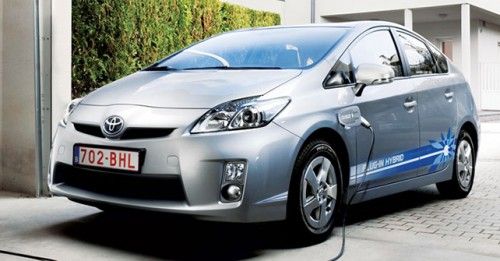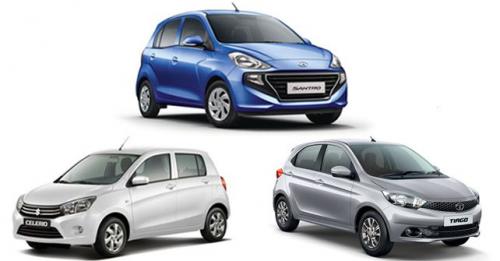
In the first of a four-part series covering alternative propulsion, we give you the lowdown on the different Hybrid technologies on the road today.
Environmental consciousness is the latest buzzword amongst both consumers and industry. This has led to a raft of new technologies being introduced in the automotive world, such as Hybrid vehicles. In addition, a number of avenues are being explored with respect to future technology, such as Hydrogen Fuel Cells. In this series of four ‘Tech’ articles, we take an in-depth look at the various technologies that are currently available in the market – concluding with an analysis on the pros and cons of each technology and their future potential in the market.
We start with the most popular ‘Eco-Friendly’ technology right now, Hybrid vehicles, which are currently sold by various automakers. Hybrids offer the benefit of higher efficiency and reduced reliance of fossil fuels, as compared with traditional internal combustion vehicles. Interestingly enough, while Hybrid vehicles have only now gained popularity, the technology has been in the making for several decades – with the first Hybrid having been developed by Ferdinand Porsche about 100 years ago.
As the name implies, Hybrid power basically means that the vehicle gains propulsion though more than one power source. In terms of technology, the following are the main type of Hybrid’s being offered in the market:
Parallel Hybrid
In a parallel hybrid system, there are two power sources. The Internal Combustion engine and the batteries powering an Electric Motor can be used together to power the vehicle – hence the name, Parallel Hybrid. Since combustion engines fitted to Hybrid vehicles are mainly tuned to deliver the best efficiency, the compromise is that they have a decreased amount of low-down torque. But one of the qualities of electric motors is that they produce maximum torque from idle – so the torque response of the vehicle is improved by using both the conventional engine and the electric motor when accelerating. And, using Regenerative braking, the same electric motor is able to recharge the battery. The benefit of such a system is especially evident in stop-and-go traffic – where the electric motor is able to propel the car for a small distance on electric power alone, and also while coasting. In this instance, the conventional engine can be completely switched off and the car is pushed down the road on torque produced by the electric motor alone. However, the compromise in this case is that the motor itself cannot power the car for more than a relatively short distance without the assistance of the conventional engine.
Series Hybrid
Also referred to as ‘Range Extenders,’ this hybrid technology differs from Parallel Hybrids in the sense that the conventional engine has no direct connection to the driveline. So, its only function is to supply power to the generator, which in turn recharges the batteries. This powers the electric motor that propels the vehicle. Depending on the design of the vehicle, it may or may not have the ability to run under battery power alone. The most well known example of such a vehicle would be the Chevrolet Volt, which can run up to 60 kilometres without requiring the petrol engine to kick in. The other benefit of such vehicles is that users of these vehicles do not suffer from ‘range anxiety,’ which is a fear that the batteries of the vehicle will run out of charge in the middle of a journey – leaving the occupants stranded on the side of the road.
Series-Parallel Hybrid
The most advanced form of Hybrid vehicles currently available are Series-Parallel Hybrids. These vehicles can power the vehicle using both electric and conventional power at the same time. One of the most extreme examples of its kind would be the soon-to-be-launched Porsche 918, which boasts of a 4.6 litre V8 engine, as well as two electric motors – with the front and rear axles being powered by each of the motors. This not only provides the ability for the car to be powered by electric power alone – with the motor powering the front axle providing a range of up to 40 kilometers – but, more importantly in this case, it supplements the power of the petrol engine to produce peak power of 887bhp and a staggering 1,273Nm of torque. In addition to this, the 918’s battery can be charged by plugging in to a power source.
While the features for the 918 are tuned to provide outstanding performance, they also help in making the car one of the greenest sports cars in the world – with carbon emissions of just 70g/km and an estimated fuel efficiency of 33km/l. Expect more features from this technology to filter down to regular cars, which will then feature not only improved efficiency but also increased performance.























Write your Comment